Home>Construction & Tools>Building Materials>How Long Does It Take For Brick To Dry
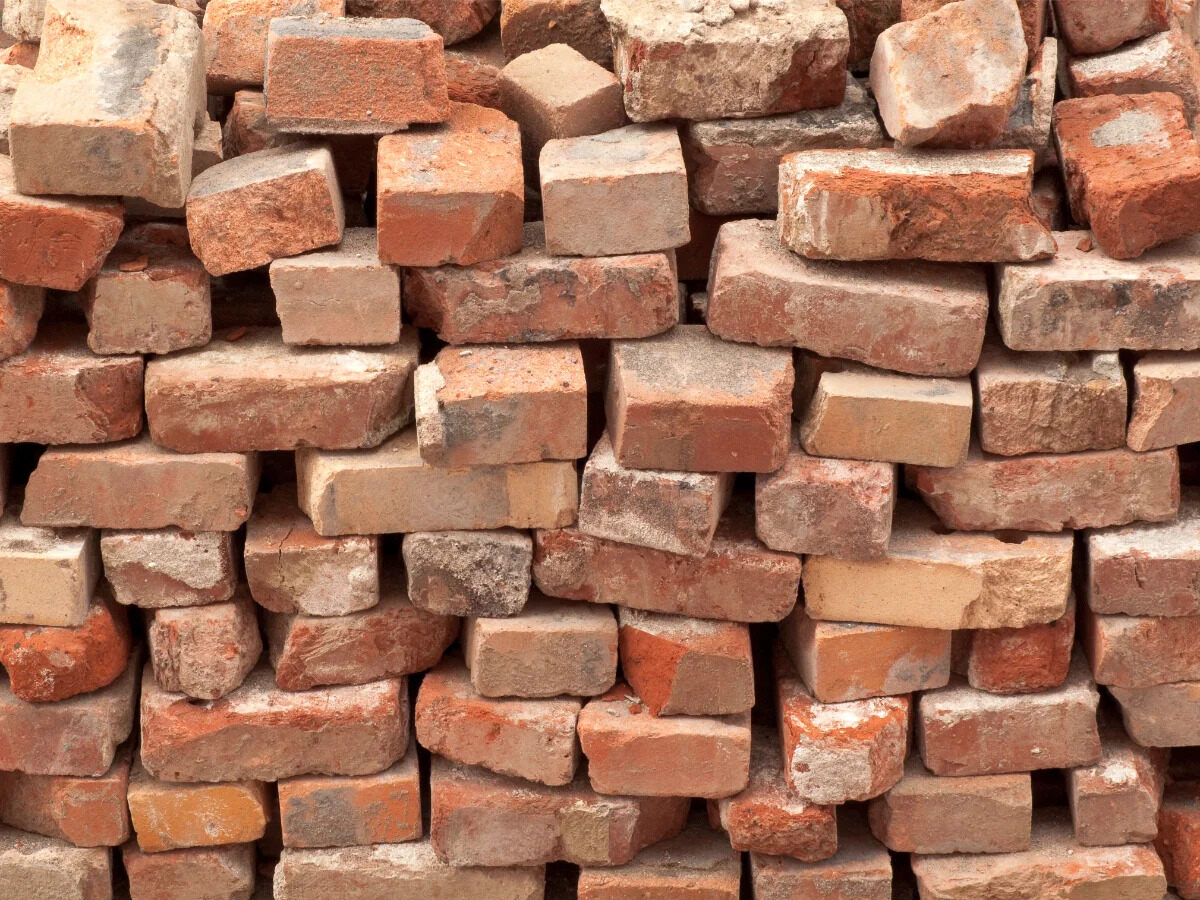

Building Materials
How Long Does It Take For Brick To Dry
Published: January 21, 2024
Learn how long it takes for building materials like brick to dry and the factors that can affect the drying process. Find out more about drying times and techniques.
(Many of the links in this article redirect to a specific reviewed product. Your purchase of these products through affiliate links helps to generate commission for Storables.com, at no extra cost. Learn more)
Introduction
Read more: How Long Does It Take For A Driveway To Dry
Introduction
Brick, a timeless building material, has been utilized for centuries due to its durability, aesthetic appeal, and versatility. Whether it’s for constructing a sturdy foundation, an eye-catching facade, or a charming patio, brick remains a popular choice. However, one crucial aspect of working with brick is understanding the drying process. How long does it take for brick to dry? This question is pivotal for ensuring the structural integrity and longevity of any brick-based project.
In this comprehensive guide, we will delve into the various factors that influence the drying time of brick, the environmental conditions that play a significant role, the type and thickness of the brick, and methods for expediting the drying process. By the end, you will have a thorough understanding of the intricacies involved in brick drying, empowering you to make informed decisions and achieve optimal results in your construction endeavors.
Key Takeaways:
- Brick drying time is influenced by factors like porosity, initial moisture content, and environmental conditions. Understanding these elements helps in predicting drying duration and optimizing the process for construction projects.
- Environmental conditions, brick type, and thickness play crucial roles in determining drying time. Employing techniques like ventilation, dehumidification, and heat application can expedite the drying process for timely project completion.
Factors Affecting Brick Drying Time
Several key factors influence the drying time of brick, encompassing both intrinsic and extrinsic elements. Understanding these factors is essential for gauging the duration required for brick to dry thoroughly.
- Porosity: The porosity of the brick, determined by its composition and manufacturing process, significantly impacts drying time. Highly porous bricks tend to absorb moisture more readily, prolonging the drying process.
- Initial Moisture Content: The moisture content present in the brick at the outset of the drying phase is a critical determinant of the overall drying time. Bricks with higher initial moisture content will naturally require a longer duration to dry completely.
- Surface Area: The surface area of the brick directly influences the rate of evaporation. Bricks with larger surface areas may take longer to dry, especially if they are stacked or arranged in a manner that impedes airflow.
- Temperature and Humidity: Ambient temperature and humidity levels play a pivotal role in brick drying. Warmer, drier conditions facilitate faster evaporation, expediting the drying process, while cooler, more humid environments can prolong it.
- Air Circulation: Adequate airflow around the bricks is crucial for efficient drying. Poor ventilation can impede evaporation, leading to extended drying times.
By comprehending these influential factors, you can effectively gauge the expected drying time for the specific type of brick in your construction project. Additionally, this knowledge enables you to implement strategies to optimize the drying process, ensuring timely completion and optimal structural integrity.
Environmental Conditions
The environmental conditions surrounding the brick significantly impact the drying process. Temperature, humidity, and airflow all play integral roles in determining the duration required for brick to dry thoroughly.
Temperature: Elevated temperatures expedite the evaporation of moisture from the brick’s surface, accelerating the drying process. Conversely, cooler temperatures can impede evaporation, prolonging the overall drying time. Optimal drying conditions typically range between 50 to 70 degrees Fahrenheit, facilitating efficient moisture removal without subjecting the brick to excessive heat or potential thermal stress.
Humidity: The moisture content in the air, or relative humidity, directly affects the rate of evaporation from the brick’s surface. Lower humidity levels promote faster drying, whereas higher humidity can hinder the evaporation process, extending the overall drying time. Monitoring and regulating the ambient humidity levels during the drying phase is crucial for expediting the process and preventing moisture-related issues.
Airflow: Adequate airflow around the brick is essential for efficient moisture removal. Stagnant or restricted airflow can impede evaporation, prolonging the drying process. Positioning the bricks in a well-ventilated area and utilizing fans or natural breezes can enhance airflow, expediting the drying process and ensuring uniform moisture removal.
By meticulously considering and optimizing these environmental conditions, you can effectively expedite the brick drying process, ensuring timely completion and minimizing the risk of moisture-related complications in your construction project.
Type of Brick
The type of brick utilized in a construction project significantly influences the drying time due to variations in composition, porosity, and manufacturing processes.
Clay Brick: Clay bricks, a popular choice renowned for their durability and classic aesthetic appeal, typically exhibit moderate porosity. The drying time for clay bricks is influenced by factors such as the initial moisture content and the ambient environmental conditions. Additionally, the firing process during manufacturing can impact the porosity and, consequently, the drying duration.
Concrete Brick: Concrete bricks, composed of cement, sand, and aggregates, exhibit varying porosity levels depending on the specific mix and manufacturing techniques. The initial moisture content and porosity of concrete bricks directly influence the drying time, with denser compositions requiring longer periods for thorough drying.
Engineering Brick: Engineering bricks, renowned for their exceptional strength and resistance to harsh conditions, often possess low porosity. While their dense composition contributes to enhanced durability, it can also extend the drying time due to reduced moisture permeability.
Specialty Bricks: Specialty bricks, including firebricks and refractory bricks, are engineered for specific applications and often feature unique compositions tailored to withstand extreme temperatures and environmental conditions. The drying time for specialty bricks is influenced by their specialized compositions and intended usage, necessitating careful consideration during the drying phase.
By understanding the distinct characteristics and drying behaviors of different brick types, you can effectively anticipate and manage the drying process, ensuring optimal results and structural integrity in your construction endeavors.
Brick can take up to 24-48 hours to dry completely, but factors like weather and humidity can affect drying time. It’s important to allow enough time for the brick to dry before applying any finishes or sealants.
Read more: How Long Does It Take A Toothbrush To Dry
Thickness of Brick
The thickness of the brick exerts a substantial influence on the drying time, with thicker bricks requiring extended durations for thorough moisture removal.
Standard Brick Thickness: Traditional bricks are commonly available in standard thicknesses, typically ranging from 3 to 3.5 inches. The drying time for standard bricks is influenced by their porosity, initial moisture content, and the environmental conditions in which they are placed for drying.
Thin Brick Veneer: Thin brick veneers, prized for their versatility and space-saving attributes, feature reduced thickness compared to standard bricks. The thinner profile of these bricks facilitates faster moisture evaporation, expediting the drying process. However, careful attention must be paid to ensure uniform drying and prevent warping or deformation due to rapid moisture removal.
Thick Architectural Bricks: Architectural bricks with increased thicknesses, often utilized for specific design aesthetics or structural requirements, necessitate longer drying times due to their greater mass and moisture retention capacity. The drying process for thick architectural bricks should be meticulously managed to ensure comprehensive moisture removal without compromising structural integrity.
By considering the thickness of the bricks in your construction project, you can effectively gauge the expected drying time and implement appropriate measures to optimize the drying process, ensuring uniform moisture removal and optimal structural performance.
Methods for Accelerating Brick Drying
Several effective techniques can be employed to expedite the drying of bricks, ensuring timely completion of construction projects and minimizing the risk of moisture-related issues.
Adequate Ventilation: Positioning the bricks in a well-ventilated area and utilizing fans or natural airflow can significantly enhance moisture evaporation, expediting the drying process. Ensuring consistent airflow around the bricks promotes uniform drying and minimizes the risk of moisture retention.
Dehumidification: Utilizing dehumidifiers in the vicinity of the drying bricks can effectively reduce ambient humidity levels, accelerating the evaporation of moisture from the brick surfaces. Dehumidification is particularly beneficial in humid environments or during inclement weather conditions, expediting the overall drying process.
Heat Application: Carefully regulated heat application, such as utilizing infrared heaters or warm air blowers, can expedite moisture evaporation from the brick surfaces. However, caution must be exercised to prevent excessive heat exposure, which could lead to thermal stress or uneven drying.
Optimal Stacking and Spacing: Arranging the bricks in a manner that facilitates airflow and minimizes contact between adjacent surfaces promotes efficient moisture removal. Proper stacking and spacing prevent moisture entrapment and ensure uniform drying, reducing the overall drying time.
Monitoring Moisture Levels: Regularly monitoring the moisture content of the bricks using moisture meters enables precise assessment of the drying progress. This facilitates informed decision-making regarding the continuation of drying measures or the readiness of the bricks for subsequent construction phases.
By implementing these proven methods for accelerating brick drying, you can effectively expedite the drying process, ensuring timely project completion and mitigating the risk of moisture-related complications in your construction endeavors.
Conclusion
Understanding the intricacies of brick drying is essential for any construction project involving this timeless building material. The duration required for brick to dry thoroughly is influenced by a myriad of factors, including the type of brick, its porosity, initial moisture content, environmental conditions, and the thickness of the bricks. By comprehending these influential elements, construction professionals and enthusiasts can effectively gauge the expected drying time and implement strategies to optimize the drying process.
Environmental conditions, such as temperature, humidity, and airflow, play a pivotal role in facilitating efficient moisture removal from the brick surfaces. By meticulously managing these environmental factors, the drying process can be expedited, ensuring timely completion and minimizing the risk of moisture-related issues.
The type of brick utilized in a construction project significantly impacts the drying time, with variations in composition, porosity, and manufacturing processes contributing to distinct drying behaviors. Additionally, the thickness of the bricks exerts a substantial influence on the drying duration, necessitating careful consideration and appropriate measures to ensure uniform moisture removal.
Employing effective methods for accelerating brick drying, such as adequate ventilation, dehumidification, heat application, optimal stacking and spacing, and moisture level monitoring, enables construction professionals to expedite the drying process and achieve optimal structural performance.
By integrating this comprehensive understanding of brick drying into construction practices, individuals can ensure the timely completion of projects, mitigate the risk of moisture-related complications, and uphold the enduring appeal and structural integrity of brick-based structures. Embracing the art and science of brick drying empowers construction enthusiasts to embark on their endeavors with confidence and precision, ultimately yielding exceptional results and lasting construction achievements.
Frequently Asked Questions about How Long Does It Take For Brick To Dry
Was this page helpful?
At Storables.com, we guarantee accurate and reliable information. Our content, validated by Expert Board Contributors, is crafted following stringent Editorial Policies. We're committed to providing you with well-researched, expert-backed insights for all your informational needs.
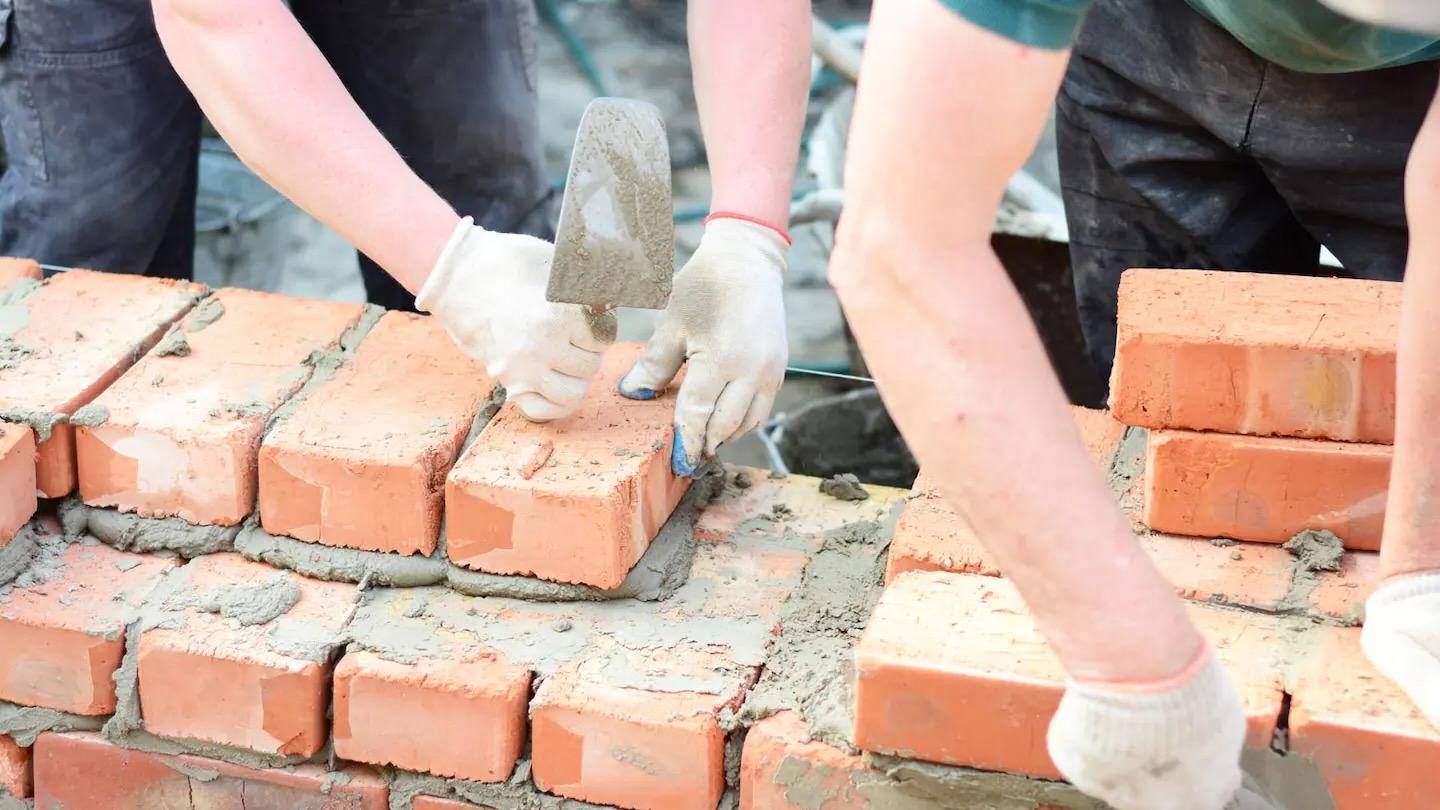
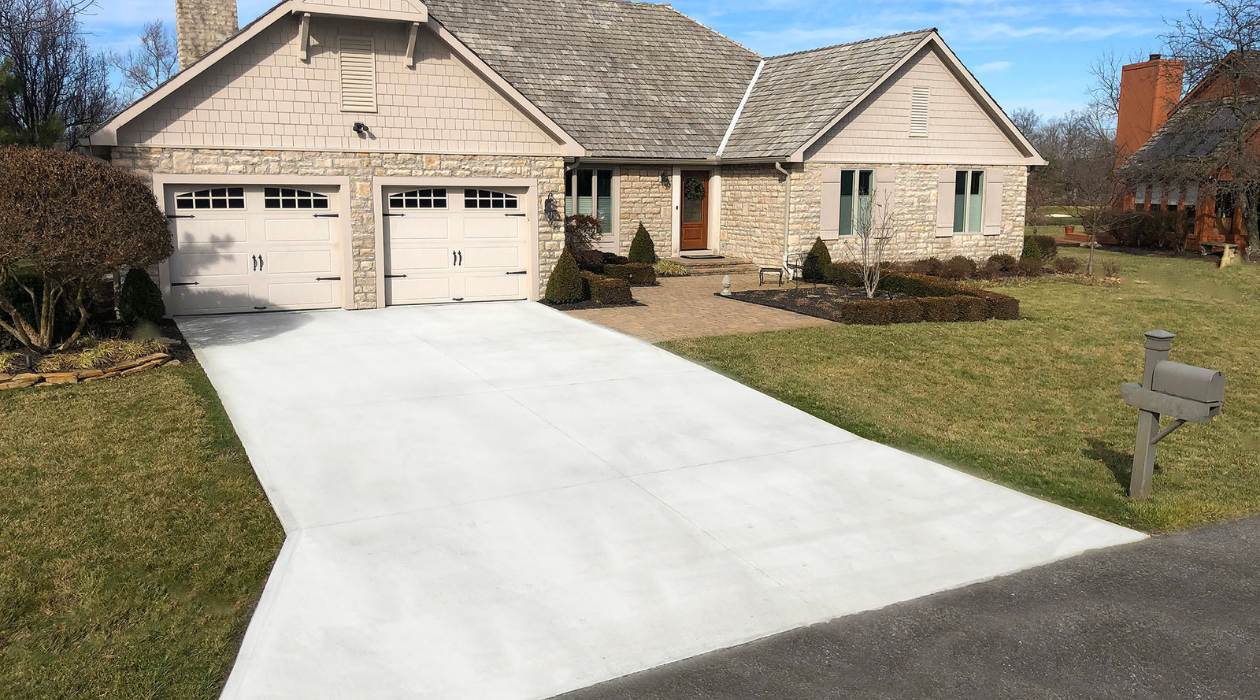
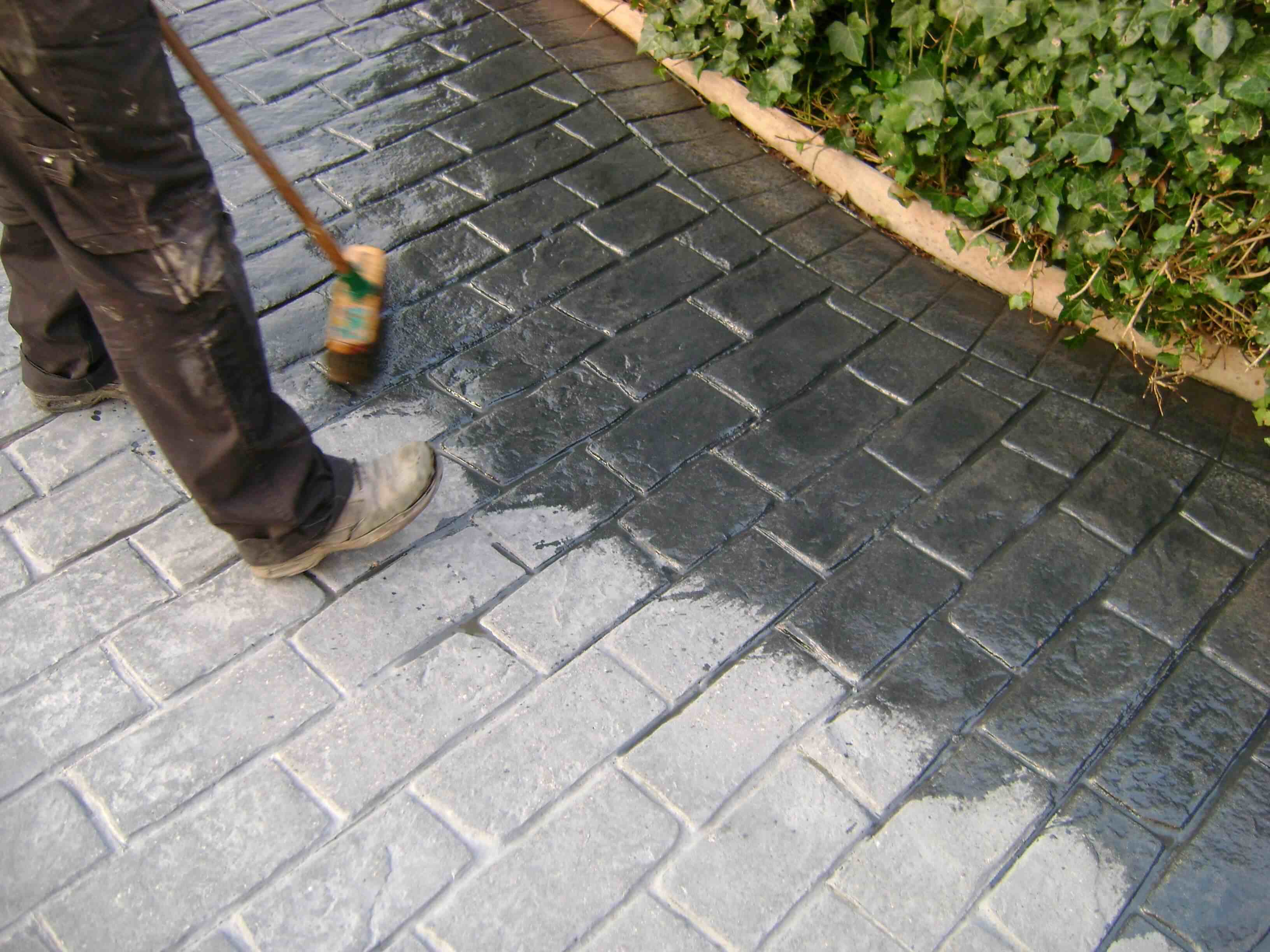
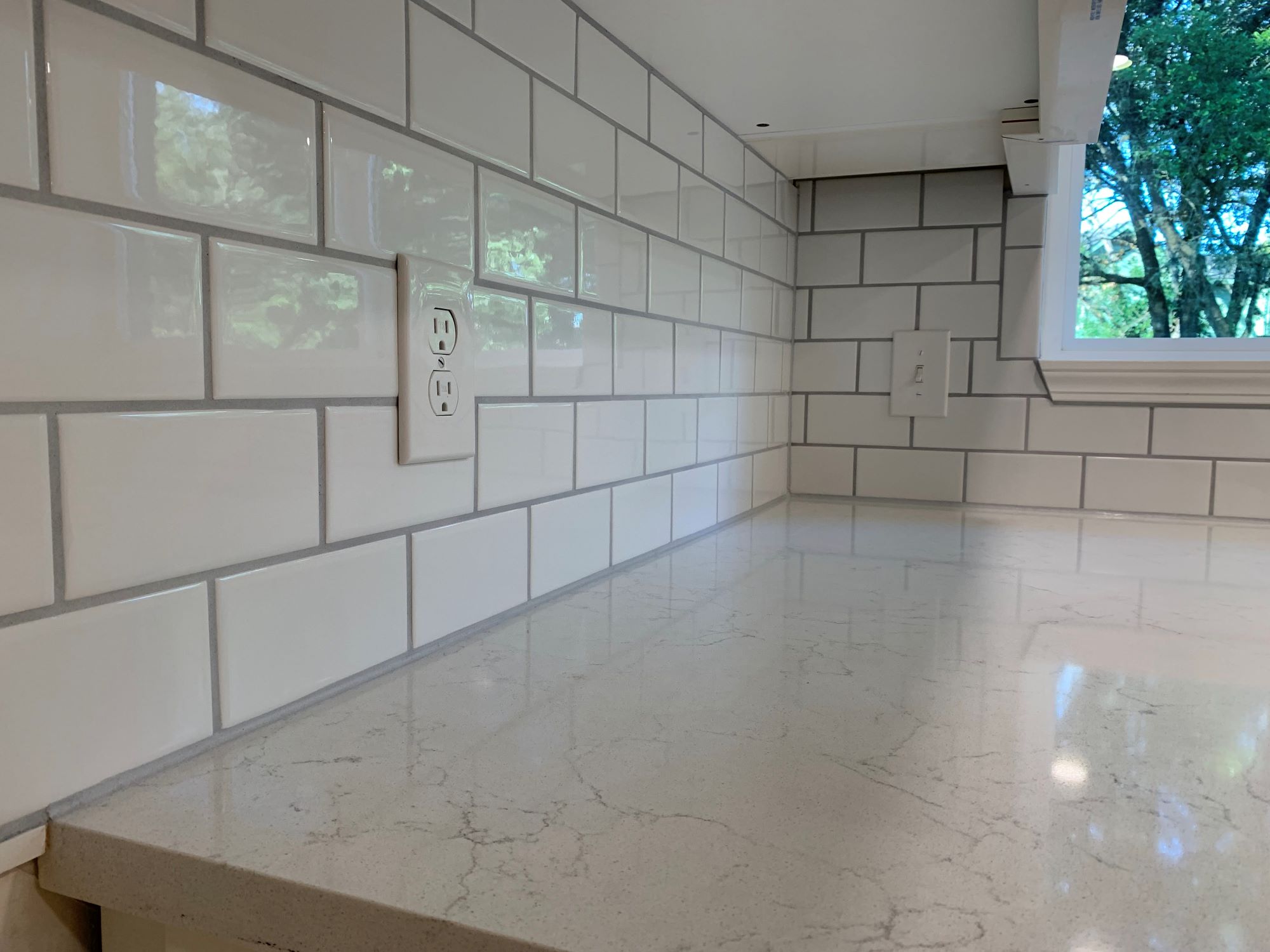
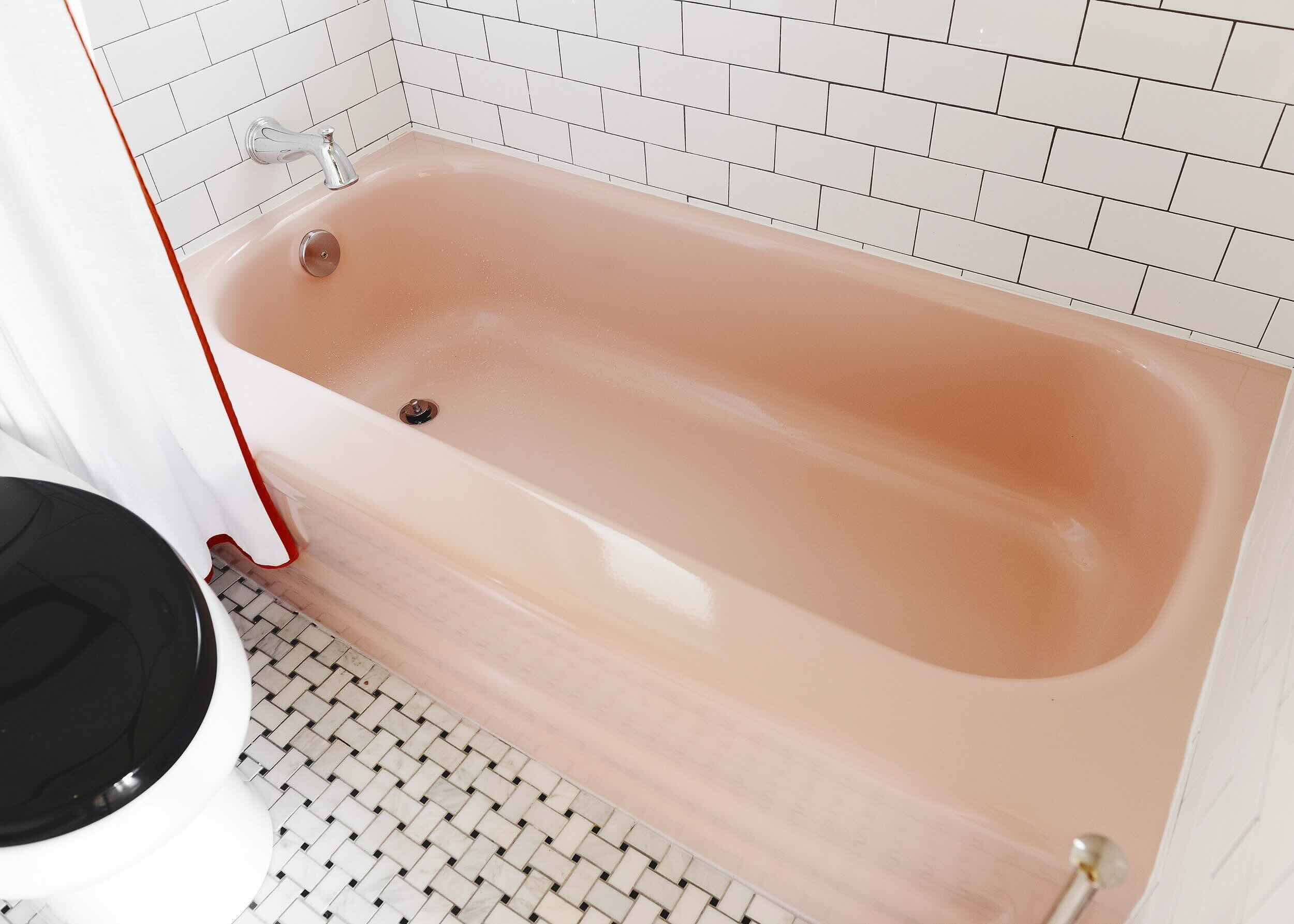
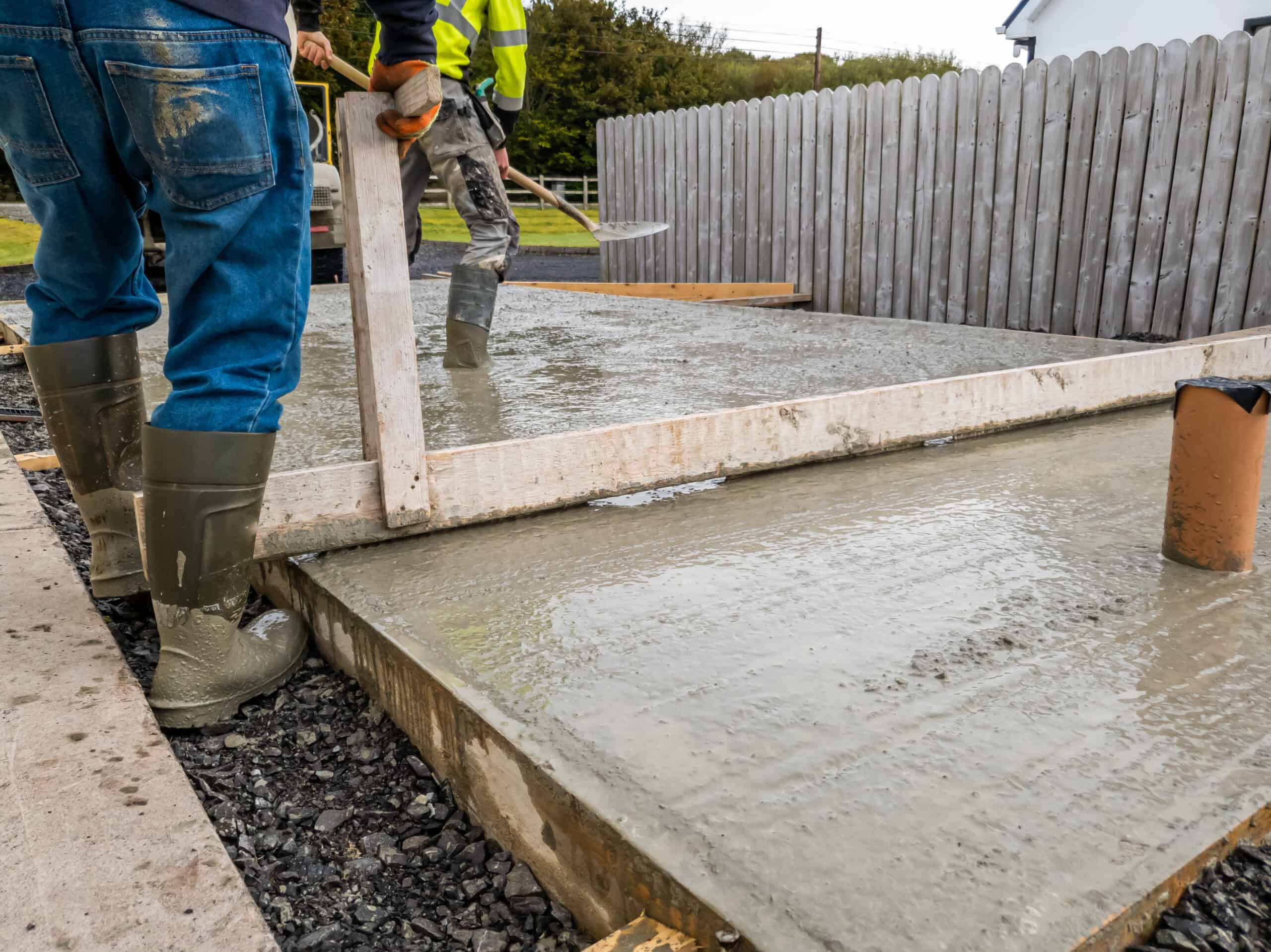
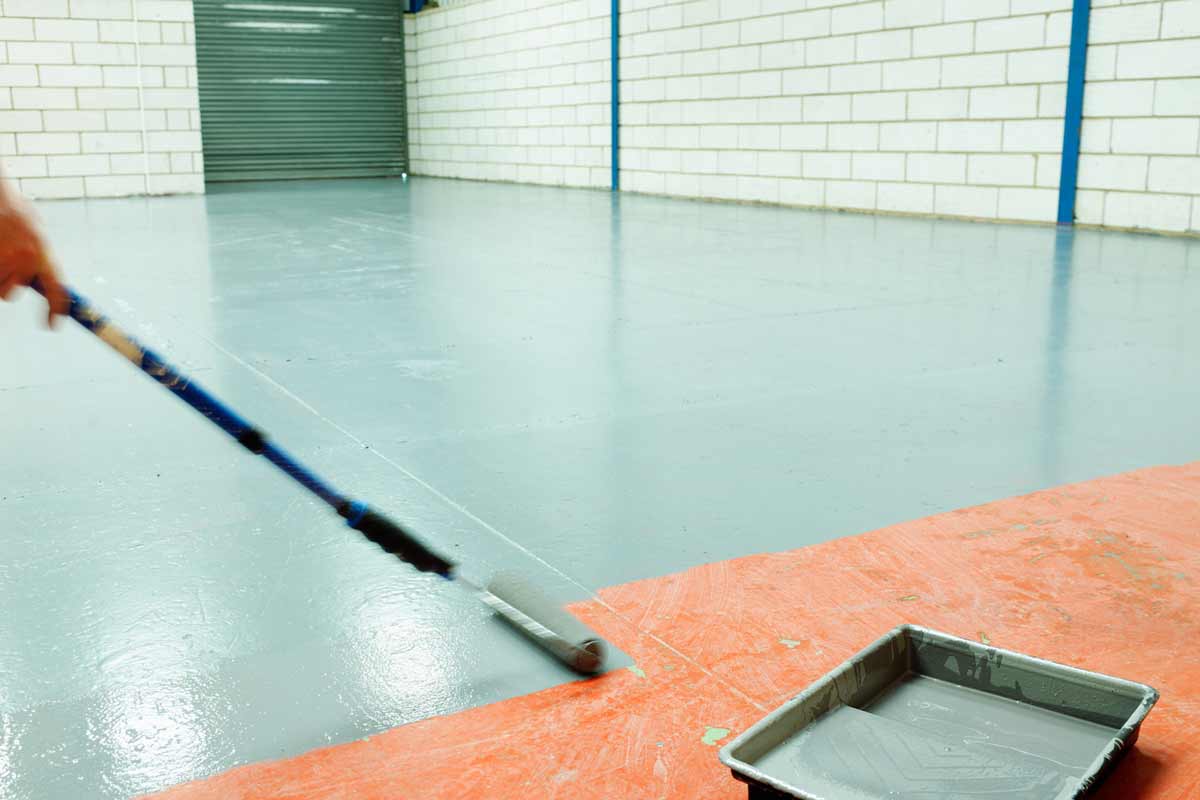
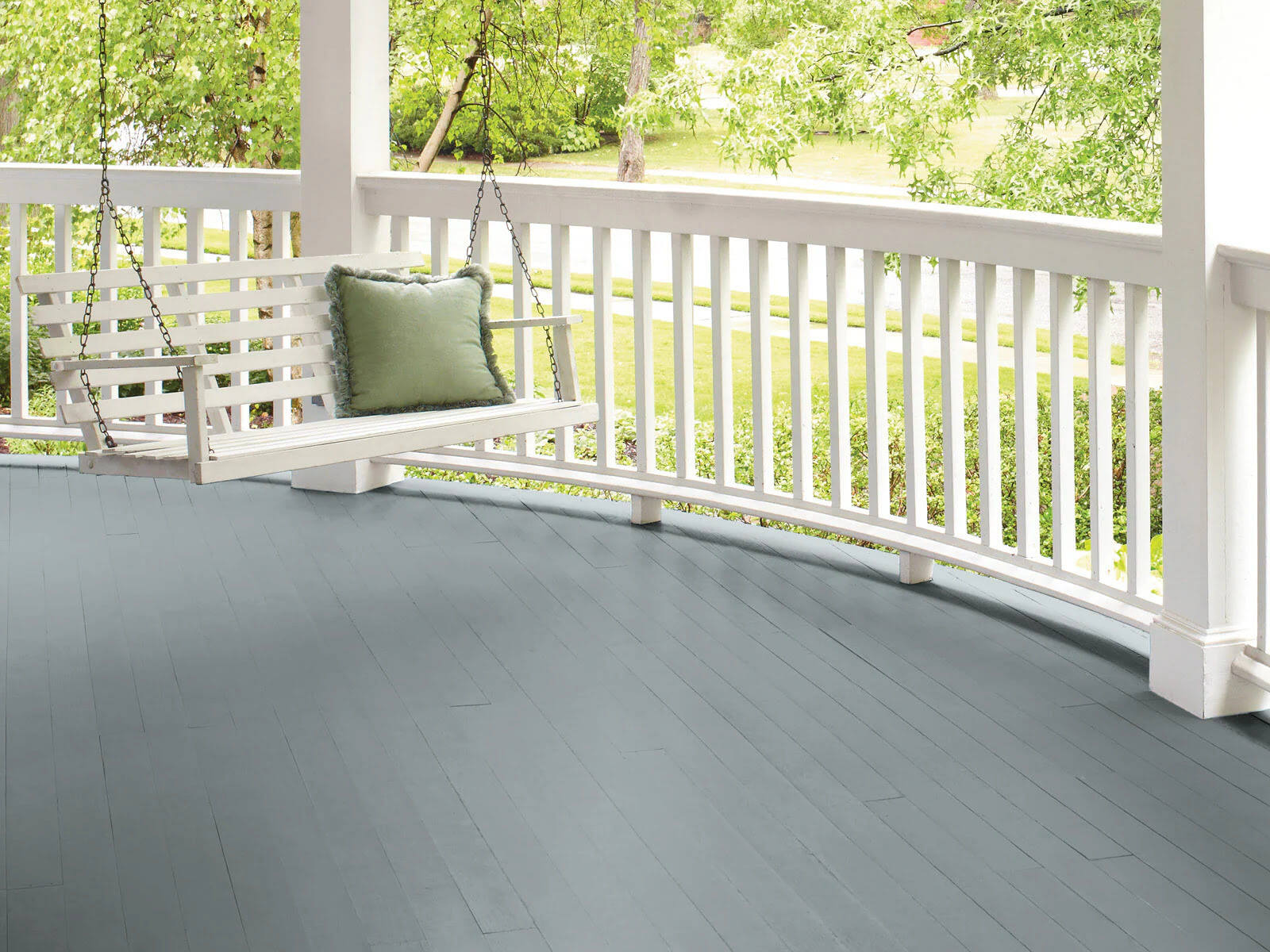

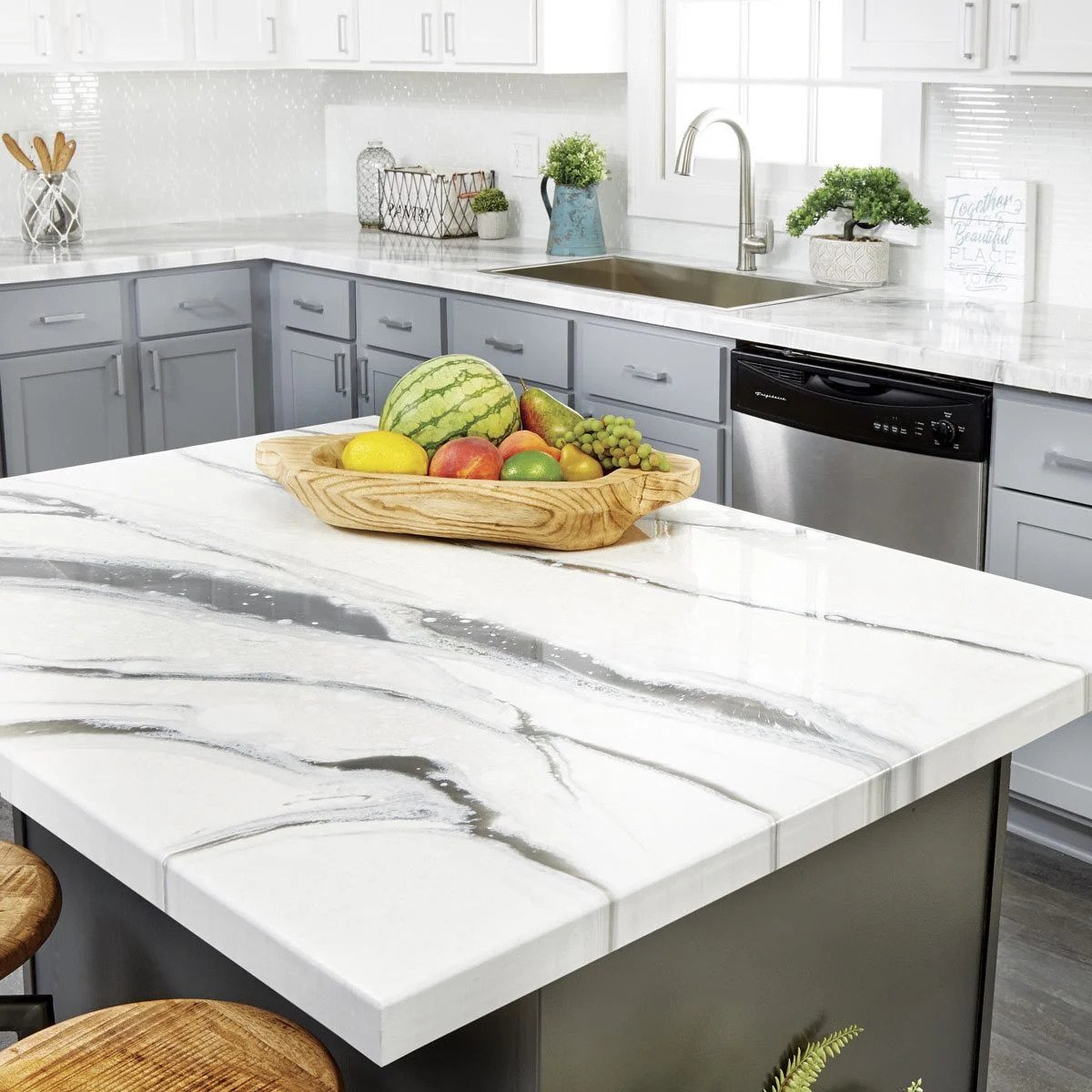
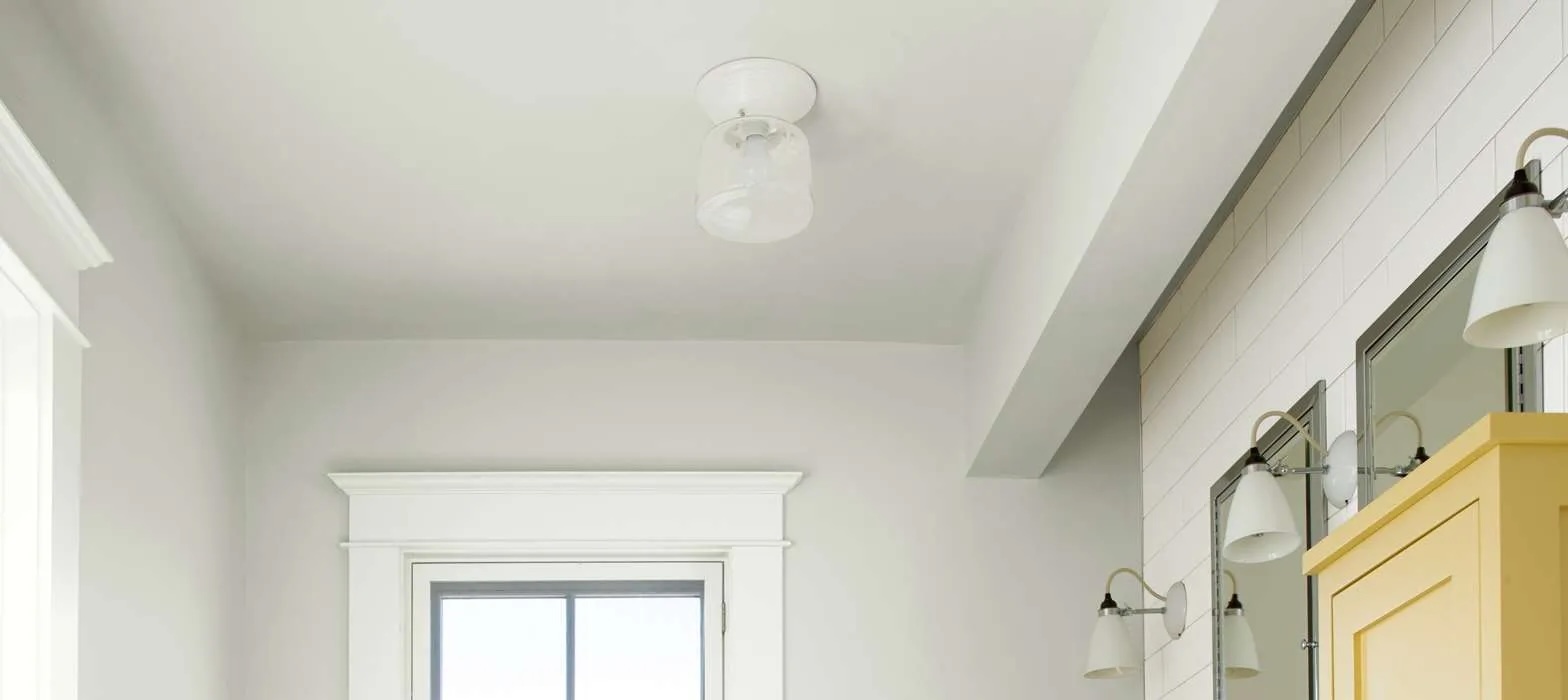
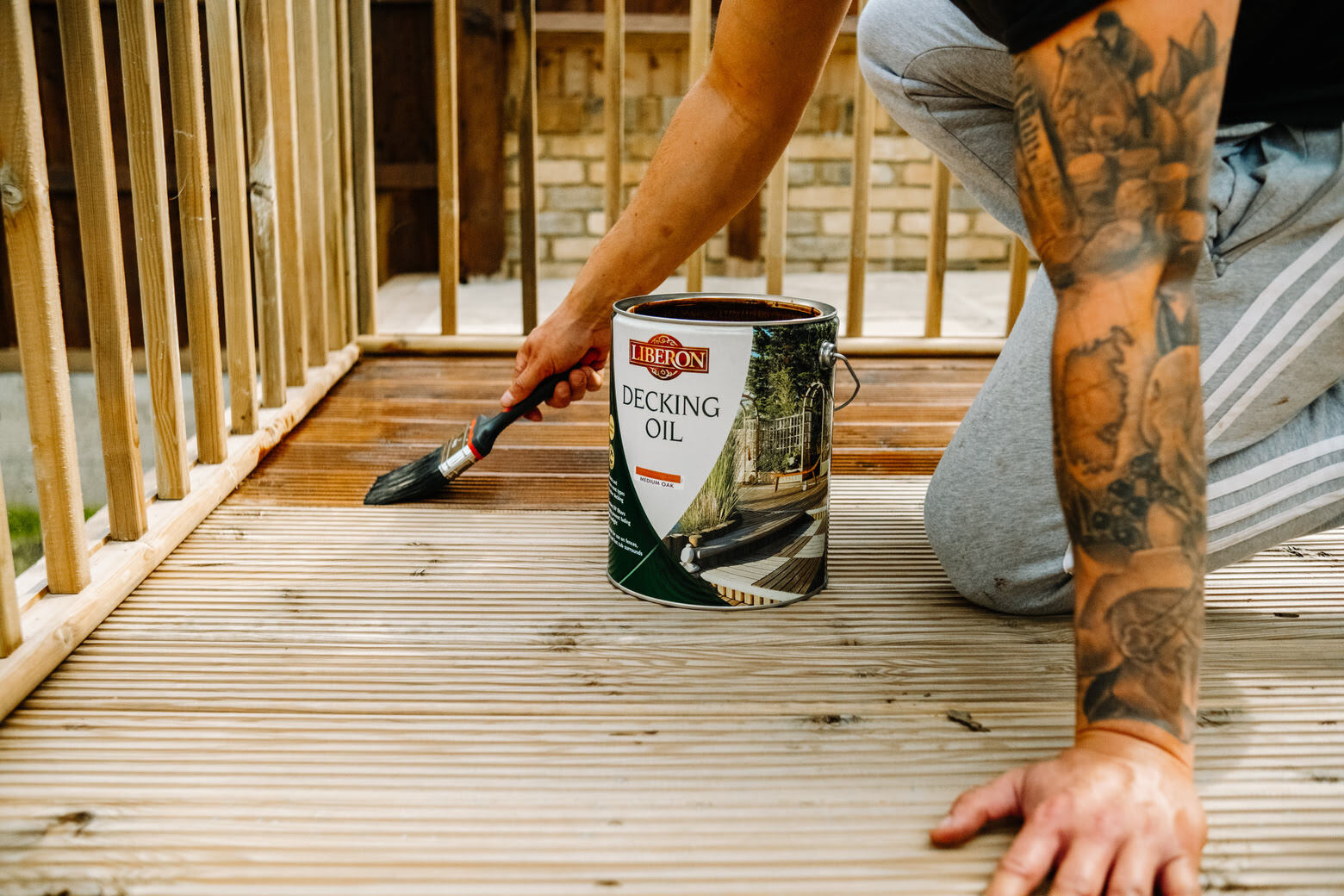
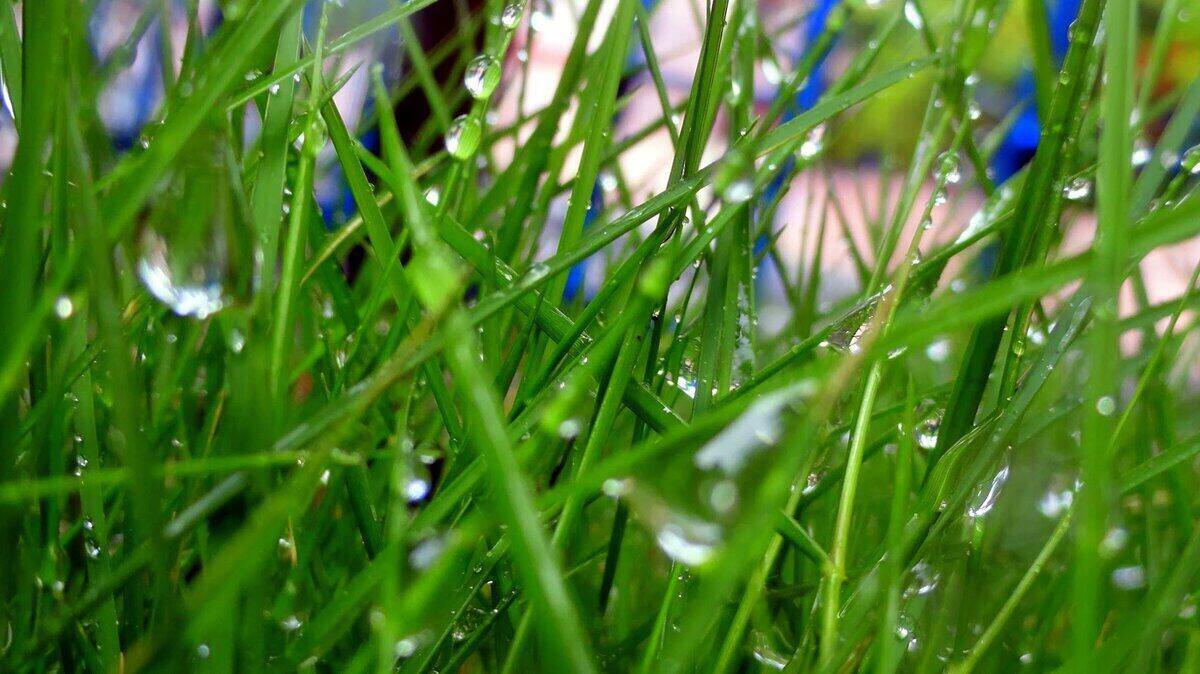
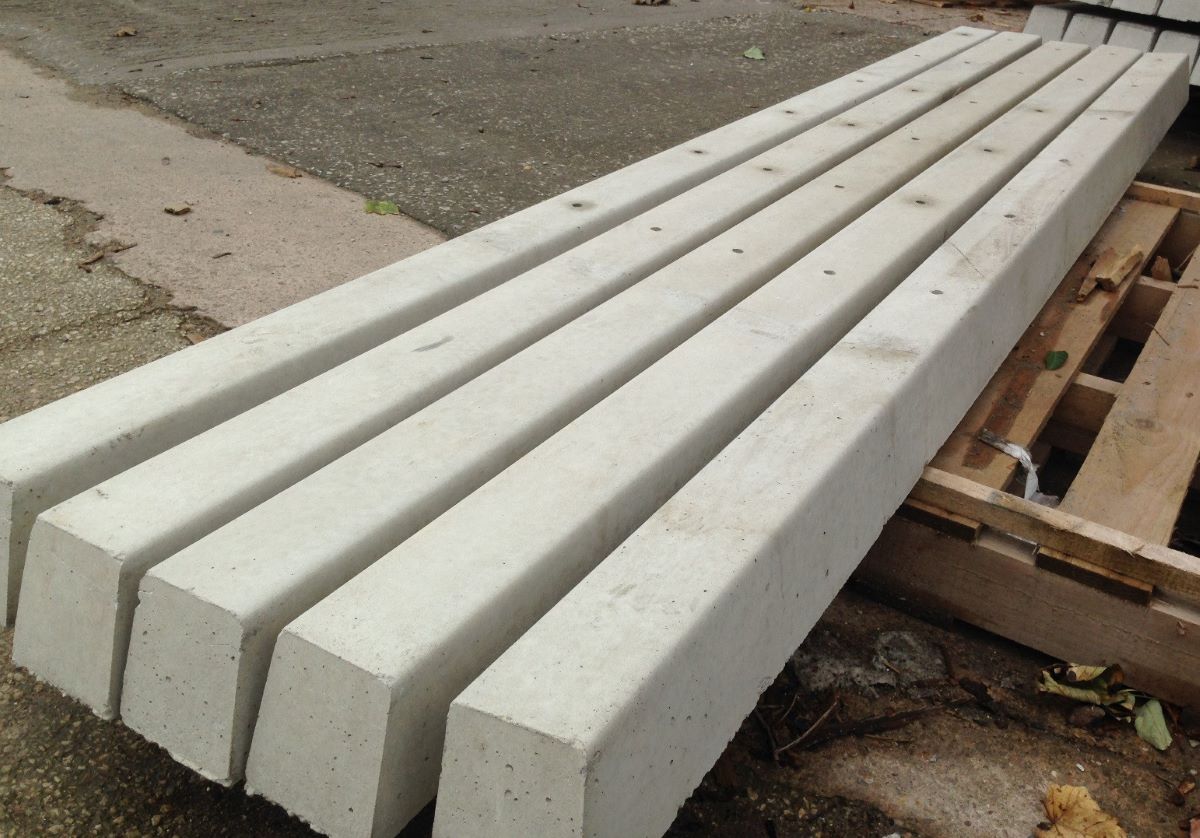

0 thoughts on “How Long Does It Take For Brick To Dry”